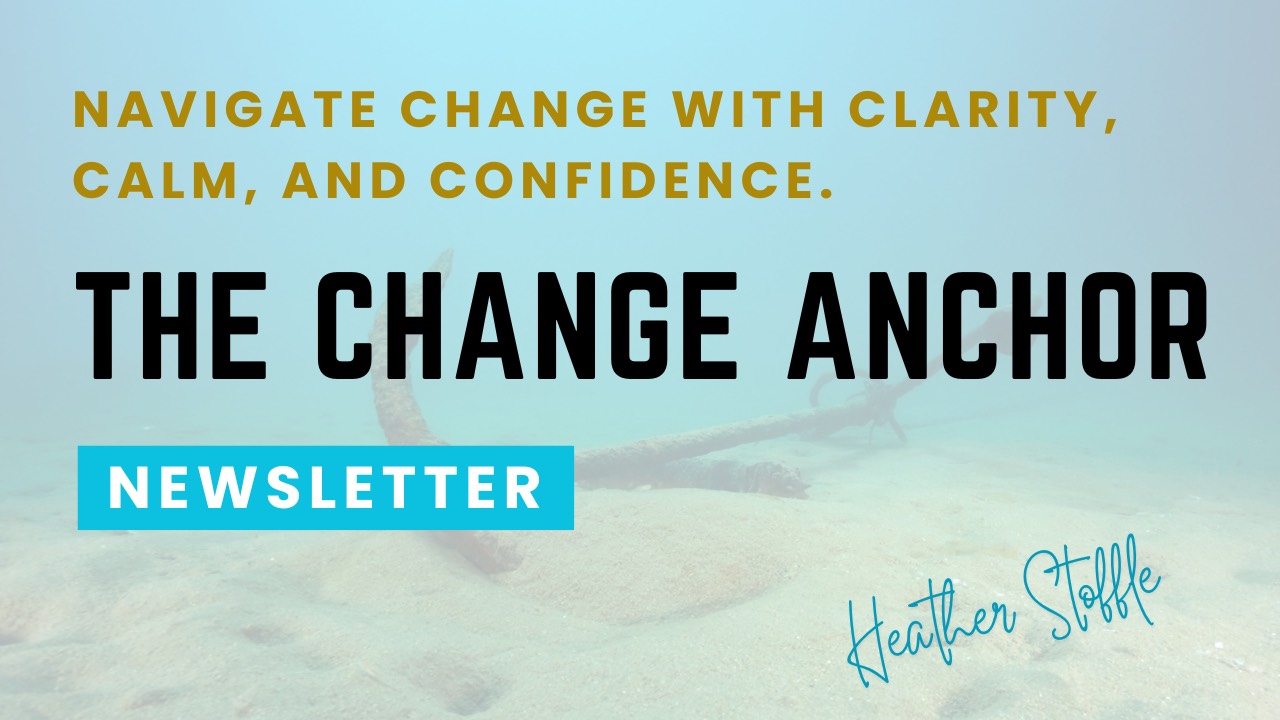How to Get Leadership Buy-In for Building Change Capability (Without Losing Your Mind)
Nov 19, 2024
Ah…leadership buy-in to add resources and capability... It often feels just out of reach. If you've ever tried to pitch the idea of investing in building more change capability and received polite nods or “we’ll see what we can do in the future” (you know, the kind of response that say “please stop bringing this up because we have other priorities”), then you’re in good company.
Let’s dig into the three principles that make gaining leadership buy-in not only doable but dare I say rewarding… I’m going to go beyond the basics here because it’s critical to your success.
1. Speak their Language, not Change Management jargon
First things first and your leaders, they care mostly about one thing and that this is results. As much as you want them to, they don’t wake up in the morning thinking about Prosci models or change readiness assessments (shocking, I know). They think about business outcomes, risk mitigation, and shareholder value. To get them on board, you have to make a clear case for how building change capability helps them win with their priorities.
Here’s how you can do it:
- Tie Change to Strategy: Explain how building change capability directly supports the company’s strategic objectives. If the company is trying to grow market share or drive innovation, position change capability as a business enabler rather than an “extra nice-to-have.”
- Highlight Measurable Impact: Use hard numbers where possible. For example, “By investing in change capability, we can reduce the time to adoption by X%, resulting in a Y% increase in productivity.” Numbers make eyes light up.
- Appeal to Risk Aversion: If your audience is more risk-averse, frame it as a proactive way to prevent costly missteps or failed initiatives. Talk about how change capability can be the company’s insurance policy against change fatigue and resistance.
My personal example from the trenches: I once had a leader after numerous different angles to our conversations finally tell me, “I finally get it now. Change capability is our secret weapon to survive all the stuff we keep throwing at people.” Sometimes, it really is just about framing it right for your audience.
2. Leverage quick wins to build trust and interest
Leaders are more likely to buy in when they see quick, tangible results. It's human nature to want proof that investing in change capability isn’t a leap of faith or money and time thrown away but a strategic move with immediate payoffs.
Here’s how you can do it:
- Start small but meaningful. Pick a high-visibility project and embed change capability practices there. Track and share the results. Even a small but successful initiative can become your proof point.
- Share stories and testimonials: People love stories, even data-driven leaders. If another department or company has seen success by prioritizing change capability, share that example. Better yet, get someone who’s experienced the benefits firsthand to advocate for you.
- Celebrate and communicate successes: Once you see some wins, make sure they’re not a best-kept secret. Use leadership meetings, town halls, or internal communications to highlight how change capability made a difference.
My personal example from the trenches: I worked with a project team that thought change management wasn’t important and they often didn’t give me the time of day when I first started with them.” I embedded a simple change plan that emphasized meeting people where they were and we ended up reduced complaints at launch by 40% over another similar project that didn’t have change management on it. That stat made its way to the steer co meeting and suddenly, everyone wanted to talk to me about change capability. Funny how that works.
3. Showcase the long-term value (but keep it very realistic)
Finally, leaders need to see the long-term ROI, but here’s the best advice. Don’t paint an overly perfect picture. Instead be realistic. Talk about the potential challenges and how you plan to address them. Showing that you’ve thought about the roadblocks builds credibility and it’s better to under promise and over deliver than to promise the moon and have everything fall short.
Here’s how you can do it:
- Map out the investment and payoff timeline: Outline what the company can expect at different milestones (3 months, 6 months, a year). This helps set realistic expectations and gives leaders a sense of the journey.
- Anticipate objections: You have to be prepared for questions like, “What if we don’t have the resources or the money?” or “How does this fit with everything else we’re doing in terms of priorities?” Having thoughtful answers shows you’re not just a dreamer but a strategic thinker.
- Connect to cultural benefits: Building change capability isn’t just about one-off projects; it’s about fostering a resilient, adaptable workforce. Talk about how this investment will help the company stay agile in the face of future disruptions and create a future-ready culture.
My personal example from the trenches: At one point, I pitched the executive leadership team a three-year roadmap for embedding change capability. I didn’t sugarcoat the hard work ahead, but I highlighted how our workforce would become more change-ready and adaptable and all of the current gaps that we had. The key win? While it took time for the key leaders to come around to seeing change capability as a cultural asset, not a checkbox when they finally did it completely transformed the organization.




